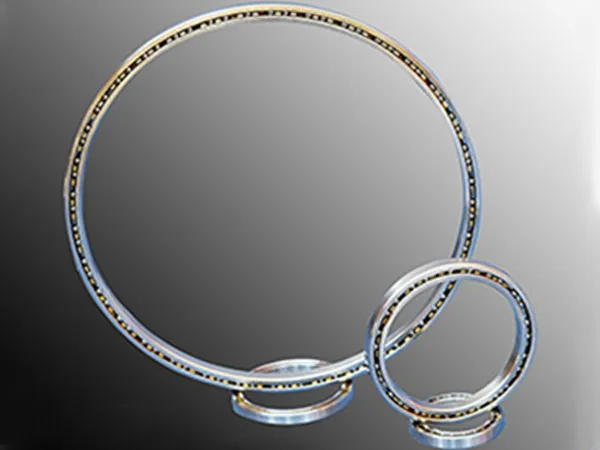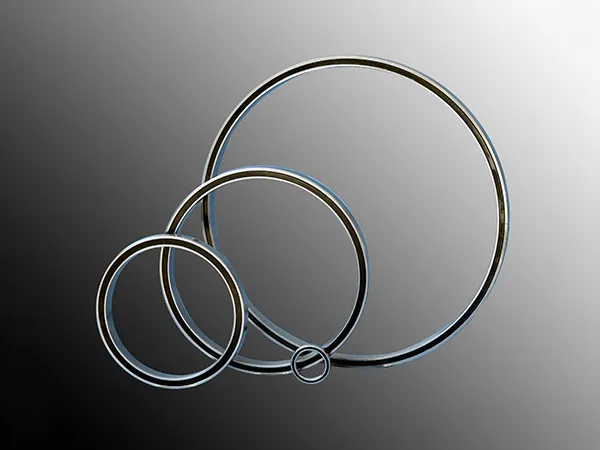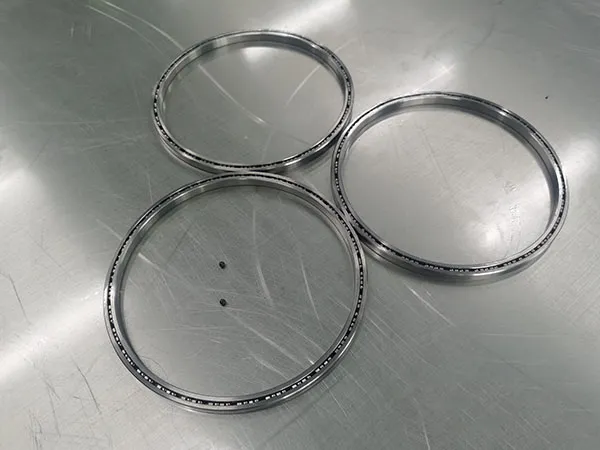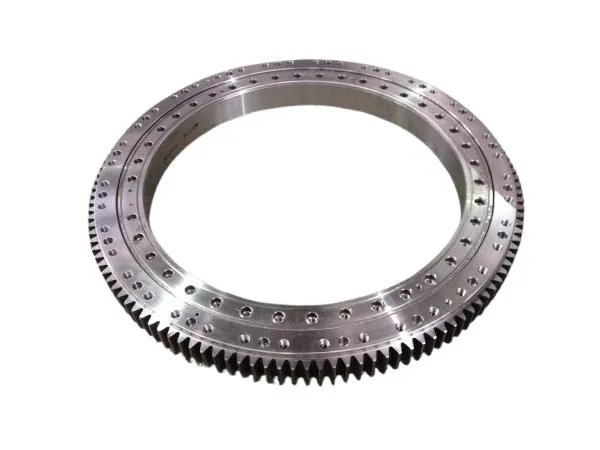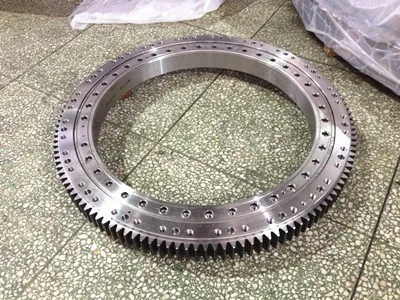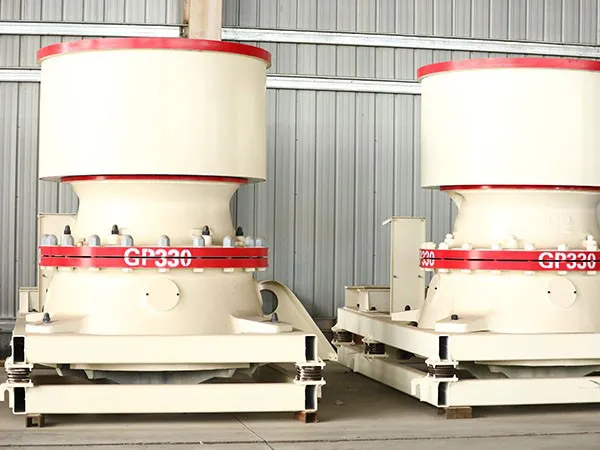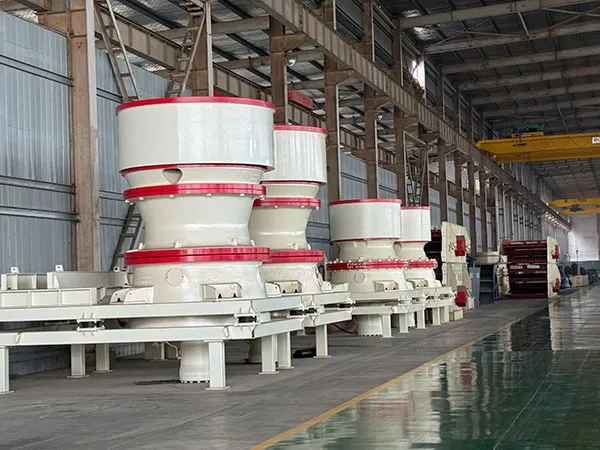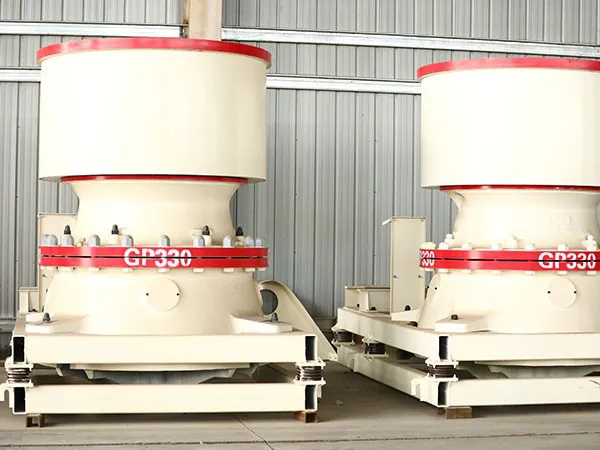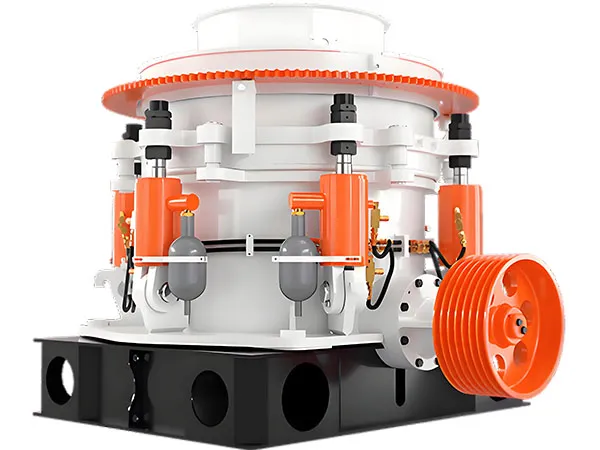Reducing the cost of jaw crusher wear parts is crucial for optimizing operational expenses in crushing plants. Here’s a comprehensive approach combining best practices in maintenance, operation, and material selection.
How to reduce jaw crusher wear parts cost
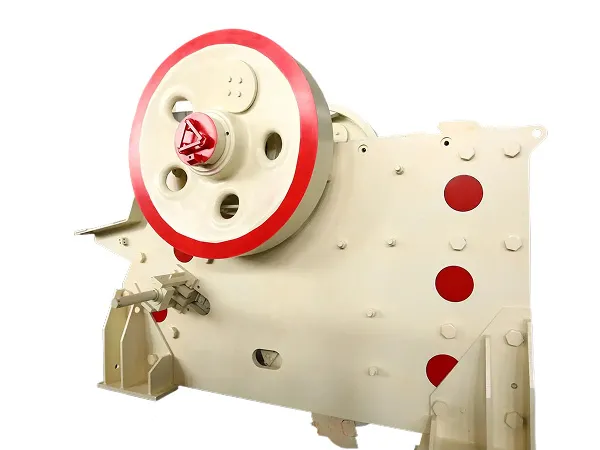
1. Optimize Wear Part Lifespan through Maintenance and Operation:
Regular Inspections: Implement a routine schedule for inspecting wear parts (jaw plates, side liners, toggle plates, etc.) for signs of wear, cracks, and damage. Early detection prevents minor issues from escalating into costly repairs or premature replacements.
Visual Inspections: Look for irregularities or excessive wear.
Wear Measurement: Use tools like calipers to track wear rates and predict replacement needs.
Monitor Wear Patterns: Uneven wear can indicate issues with feeding or crusher settings.
Proper Lubrication: Follow the manufacturer’s recommendations for lubrication intervals and the type of lubricants. Adequate lubrication reduces friction and wear on moving parts like bearings and the eccentric shaft, extending their lifespan.
Correct Installation: Ensure wear parts are installed precisely according to manufacturer specifications. Misalignment can lead to uneven wear and premature failure. Adhere to recommended torque settings for fasteners.
Optimize Crusher Settings:
Adjust Jaw Settings (CSS): Regularly adjust the closed-side setting (CSS) to maintain optimal performance and reduce wear. Fine-tuning these parameters balances product size, throughput, and power draw.
Control Operating Speed: The operating speed affects the reduction ratio and wear.
Choke Feeding: Keep the crushing chamber at least 80% full to promote inter-particle crushing, which reduces direct wear on jaw dies and improves product shape.
Material Handling and Feed Optimization:
Feed Material Analysis: Understand the characteristics of the material (hardness, abrasiveness, moisture content) to select appropriate wear parts and optimize performance.
Avoid Contaminants: Ensure the feed material is free of metal or other debris that can cause excessive wear or damage.
Pre-Screening/Scalping: Remove fines (material smaller than the CSS) and oversized material from the feed before it enters the crusher. Fines can cause unnecessary wear and reduce efficiency, while oversized material can clog the crusher and lead to excessive strain. Vibrating grizzly feeders or scalping screens are effective for this.
Consistent Feed: Maintain a consistent feed size and flow rate into the crusher. Fluctuations can increase power draw and reduce productivity.
Avoid Sticky or Lightweight Materials: Jaw crushers are not ideal for these materials as they can build up on jaw plates or not draw down effectively, reducing efficiency and increasing wear.
Timely Replacement & Rotation:
Scheduled Replacements: Implement a proactive replacement strategy based on wear measurements and historical data. Replacing parts before they fail can prevent damage to other components and costly downtime.
Rotate Jaw Dies: Many jaw plates are designed to be rotatable (e.g., flipping them top to bottom or swapping movable and stationary dies). This allows for more even wear across the entire surface, effectively doubling their lifespan.
…
For more details on how to reduce the cost of wear parts for jaw crushers, please click here:https://www.yd-crusher.com/a/news/reduce-jaw-crusher-wear-parts-cost.html
